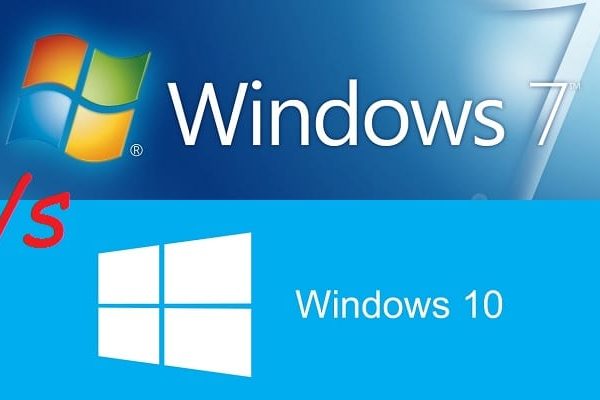The term webinar or webinar, it is composed of the two words web and "seminar" and at this time it is generally used for seminars or training programs that are carried out through the Internet, either free of charge or through payment . In this way, participation is not restricted to a fixed location, but requires Internet access. Since 2003, the term Webinar® is a registered word mark of Webinar Ltd. co. KG.
Definition
In a webinar, presentation, conference, training or similar content will be broadcast over the Internet using video technology. For this, a web conferencing software is used, which is not used to transmit the event to the web, but can also be used to manage and communicate with the participants. A webinar can theoretically only consist of audio data, but it is typically a webinar of webcam images, PC desktop content, or both.
How does it work in practice
The date and time a webinar will take place is published by the provider in advance. Participants register through a website and they automatically receive a link. This allows them to log into their own PC the moment the webinar starts and participate. Not all webinars are suitable for participation with mobile devices or tablets. At this time, laptops or desktops are still the predominant means of attending a webinar.
A webinar usually has a fixed start and end time, like all seminars. It is not a recording that can be played at any time, but a live broadcast. Throughout the webinar, attendees frequently view a split screen, with the main image composed by software or a PowerPoint presentation, while the speaker is displayed in a small window in one corner.
If allowed by the speaker, participants can also speak via VoIP throughout the webinar, asking questions or participating in discussions. Depending on the software used, additional files or scripts may also be offered for download, or surveys may be conducted among participants.
A Screencast can be used as an alternative to an interactive webinar. Regardless, interaction is not feasible during a screencast.
Technical requirements
One of the biggest advantages of webinars is that they are accessible to anyone with simple technical equipment. All you need is a PC with Internet access. A fast DSL connection is recommended for good image transmission and short load times.
If the participants want to contact the other participants or the speaker, they need a headset or a microphone and certainly a webcam for the video transmission. A loudspeaker for sound reproduction will suffice for passive participation. The webinar provider also needs software for organizing and transmitting data.
Theoretically, the number of participants in webinars is not limited from a technical point of view. In practice, despite everything, the number of participants in interactive webinars is limited. This is the only way to ensure that everyone can benefit equally from the online event. As a general rule, the number of participants is higher if the webinars are only held as a kind of conference or online presentation, since the comments or queries do not have to be moderated and, therefore, the management is easier.
Application areas
Webinars can be used as long as multiple people need to be briefed on a topic at the same time. Possible fields of application are, for example:
- Distance training (e-learning).
- Introduction and explanation of the products.
- Holding press conferences on the Internet.
- Joint analysis of a topic.
- Learning sessions for software or other apps.
- Conduct online interviews with multiple people.
- Internal transmission of company information (such as news, guidelines).
- Generation of new contacts in marketing.
- Transmission of an administration address to all workers.
- Substitution of on-site meetings to bridge large spatial distances.
Advantages and disadvantages
Webinars offer a number of benefits for your hosts:
- Maintain contacts with customers.
- Cost savings due to reduced travel costs and travel times.
- Information of the participants regardless of their location.
- Easy management and automatic registration of participants through the webinar software.
- Reach many participants at the same time.
- The event can be saved and evaluated without problems.
Participants can gain new knowledge without having to leave your workplace or home. Many times they can participate without leaving a trace. A webinar can be easily recorded. This can be fundamentally useful for content training, if you need to revisit it later.
The biggest drawback is the technology. If the host has problems with its internet connection, the event has to be absolutely canceled. If a participant's internet connection or PC is faulty, participation is not feasible. In addition, it should be noted that the mood of the participants cannot be captured as easily as in a seminar. When planning a webinar, you should also consider possible time differences that can make it difficult for people from the other half of the world to participate.
Relevance for SEO
Search engine optimization is a fast-moving industry, where changes have to be communicated quickly to stakeholders. This is why webinars are frequently used here to share basic ideas, innovations, and industry advice with stakeholders. For providers of web analytics tools, webinars offer a good opportunity to present benefits, details, and application scenarios clearly and live to the widest feasible audience. In online marketing, webinars are also a great source of addresses and contacts, since participants must register in advance and agree to receive newsletters, for example. In return, these events are free.






